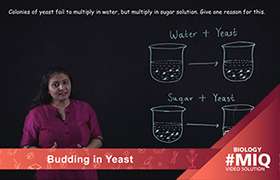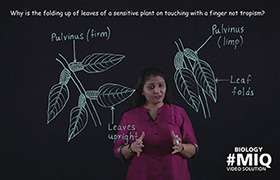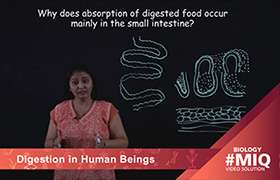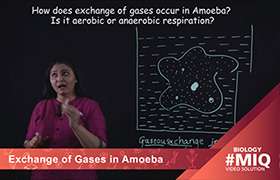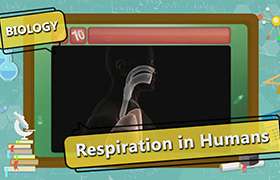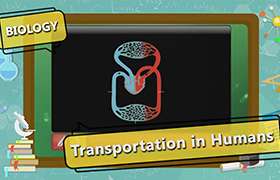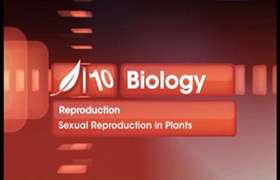CBSE Class 10 Answered
Mitosis is an equational division whereas meiosis is a reductional division.
Mitosis consists of karyokinesis and cytokinesis.
Karyokinesis shows 4 stages – Prophase, Metaphase, Anaphase and telophase.
In prophase, the nuclear membrane, nucleolus and cell organelles disappear and the chromosomes shorten.
All the shortened chromosomes get arranged at the equatorial plane during metaphase with the help of spindle fibres.
During the shortest phase i.e. anaphase, the centromere splits into 2 followed by the migration of daughter chromatids towards opposite poles.
A new nuclear envelope is formed around each set of decondensed daughter chromosomes in telophase. The cell organelles also reappear.
After karyokinesis, 2 daughter cells are formed by cytokinesis, either by cell furrow method or cell plate method.
Mitosis helps in growth and development, cell repair nad replacement and restoring nucleo-cytoplasmic ratio
Meiosis includes 2 complete divisions of a diploid cell called meiosis I and Meiosis II. Meiosis I is divided into Prophase I, Metaphase I, Anaphase I and Telophase I.
Prophase I is a long phase showing 5 substages. These are Leptotene, Zygotene, Pachytene, Diplotene and Diakinesis.
Meiosis II is an equational division showing 4 steps i.e. Prophase II, Metaphase II, Anaphase II and Telophase II.
In leptotene, the chromonema begins to progressively condense. Synapsis occurs during zygotene and crossing over is seen in pachytene. Crossing over is the exchange of genetic material between 2 homologous chromosomes. Dissolving of synaptonemal complex and chiasma formation occurs during diplotene stage of prophase I. In diakinesis, the terminalization of chiasmata occurs, the nuclear envelope and nucleolus disappears. The bivalent chromosomes align on the equatorial plate in metaphase I. During anaphase I, each homologous chromosome with its 2 chromatids and undivided centromere moves towards the opposite poles of the cell. In telophase I, the chromosomes reach their respective poles, the nuclear membrane and nucleolus reappear. Karyokinesis is followed by cytokinesis which results in haploid diad. The stage between meiosis I and meiosis II is called interkinesis. The prophase II is much shorter than prophase I. The aligning of chromosomes occurs in metaphase II. The simultaneous splitting of the centromeres of each chromosome occurs in anaphase II, followed by the migration of daughter chromosomes to opposite poles. Telophase II is marked by reappearance of nuclear envelope and nucleolus, along with uncoiling of the chromatids. Cytokinesis results in the formation of tetrad of cells. Meiosis is significant in maintaining the chromosome number of a species.

